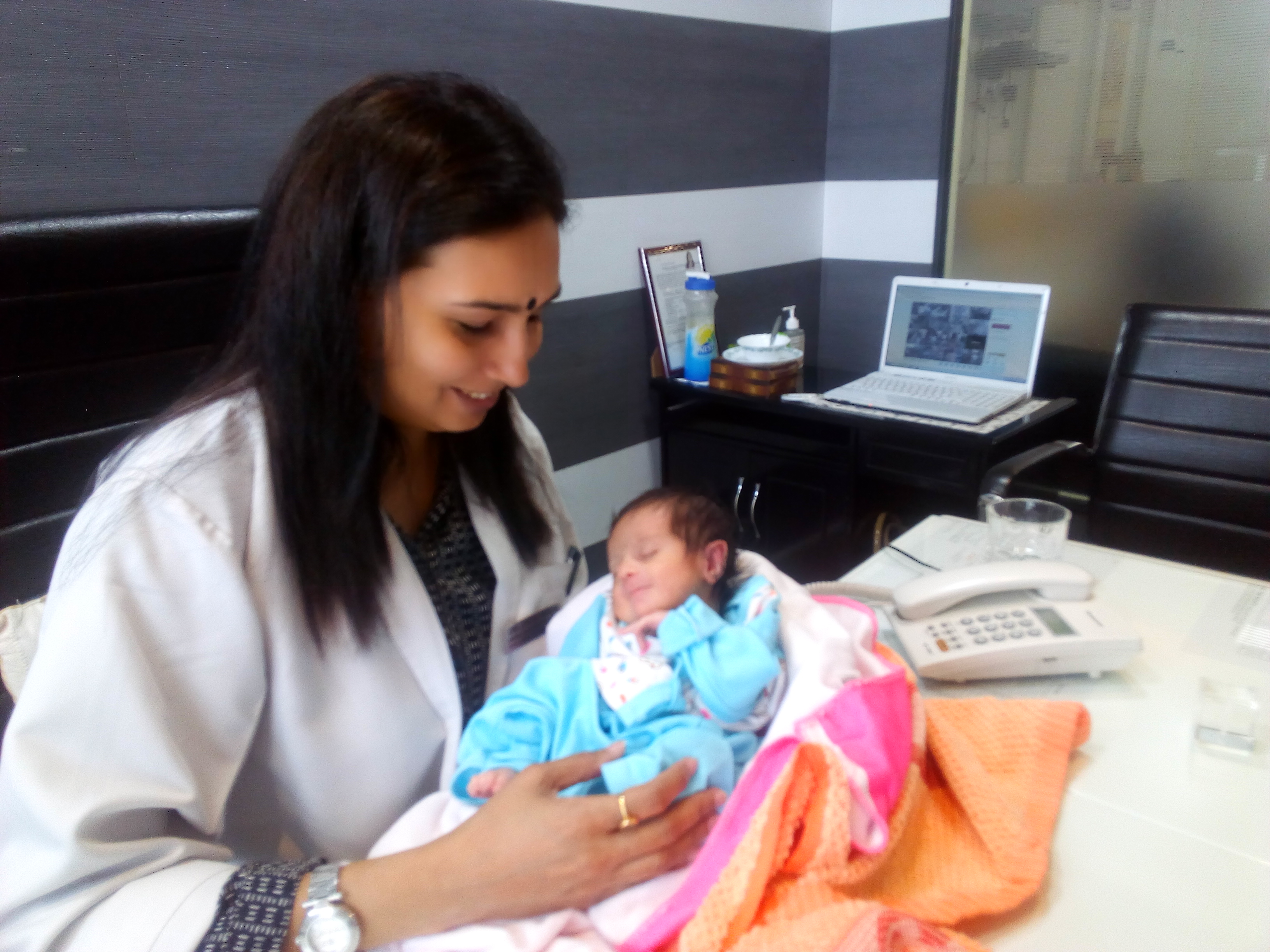ICSI is often added to an IVF treatment to overcome male fertility problems or to help the fertilization process along when it might be a challenge. During ICSI, a single sperm is injected into a single egg and the resulting embryo is transferred to your uterus. ICSI is short for Intracytoplasmic Sperm Injection, and it is most commonly used for couples with serious problems with the man’s sperm. In ICSI, only a single sperm is placed inside a mature egg. Then this embryo is implanted into the uterus or fallopian tube
Side effects and drawbacks
Your partner’s sperm may need to be drawn from his testicle with a microscopic needle or surgical biopsy, usually under local anesthesia. It’s less painful than it sounds.
He’ll need to avoid strenuous activity for five to 10 days.
Success rates
ICSI successfully fertilizes 50 to 80 percent of eggs. After fertilization, your chance of having a baby is the same as that of couples who used IVF without ICSI:
- 40 percent for women age 34 and under
- 31 percent for women age 35 to 37
- 21 percent for women age 38 to 40
- 11 percent for women age 41 to 42
- 5 percent for women age 43 and over
Cost
Adds about …………………to the cost of the IVF procedure, which averages around $12,400.


Add Your Comment